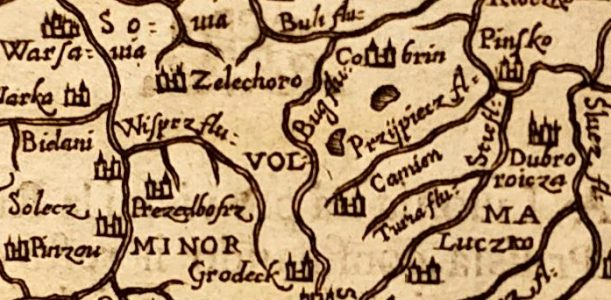Maps of Blood Libel Trials, Legends, and Iconography
Murder and blood libels against Jews began in the Middle Ages in a literary form. With time, these stories, transmitted through chronicles, polemical literature, or self-standing literary works, led to actual legal proceedings against Jews. The maps below show sites of murder or blood libels against Jews, according to types of sources: legal or literary. Sometimes a story may have been mentioned in a legal source in another context but no known legal proceedings took place. Likewise, sometimes, legal proceedings took place but the case was never mentioned in non-legal sources. These stories or legal documents often mention outcomes for Jews. One of the maps displays whether Jews were, or were said to have been, condemned or freed.
All maps below were created by Shawn Hill of Fordham University.
Anti-Jewish accusations led to visual representations of the stories. The map below shows the distribution of blood libel related iconography following the 1475 trial at Trent, which, as Laura dal Prá noted, created the “iconographic vocabulary” of “ritual murder.” After the trial in Trent, the iconography developed three types: murder (or martyrdom), victim (or corpse), and Simon of Trent in glory (or triumphant). Much of the data for northern Italy is based on Valentina Perini’s Il Simonino: Geografia di un culto.
The iconography of Simon and the media used

